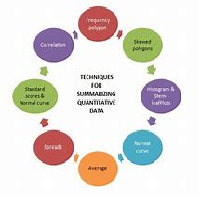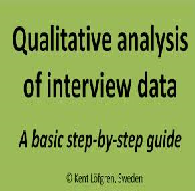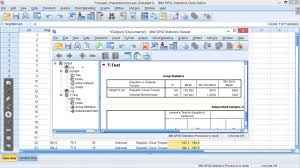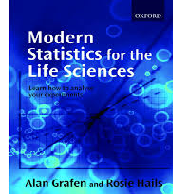Descriptive Statistics Scenario Paper Consider this scenario: You are on the Board of Directors of the National Parkinson’s Association. Two different research labs are working on medications to decrease the debilitating effects of the disease.
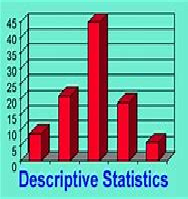
Your responsibility is to review and evaluate both of the results from the Descriptive Statistics Scenario Paper research studies and make recommendations for future funding. You can only fund one of the two. Patients and their families are anxiously waiting for the Board of Directors to make a decision on which of the two can be funded.
Part I.
Your first task it to do the following calculations for both of the results that have been submitted to you.
Mean
Median
Mode
Range
Standard Deviation (are there outliners you should consider?)
Number of months that patients went without experiencing a debilitating symptom:
Group I results = 4, 5, 3, 5, 6, 1, 2, 22, 3, 2, 5, 3
Group II results = 4, 5, 6, 8, 10, 5, 18, 1, 7, 4, 5, 6
Part II.
After you have done this comparison, write a letter to the rest of the members of the board stating which group you are recommending to receive additional funding to support their research. This should be done in Memo Format and you need to discuss your findings and compare them. You can include a table to show the comparison if you want to. Do not be concerned with the small number used in each group in the study.
You need to present and compare the finding and explain WHY you have chosen the one you have. There is not really a right or wrong answer to Descriptive Statistics Scenario Paper. I know which one I would recommend and why – but that does not mean you would interpret the findings as I did. Your statistics should be the same – math is math, but your decision might be different than mine or your peers’.
So, explain why based upon the statistics you have calculated. There are many good on-line Central Tendency calculators and some of you may be a proficient with a spreadsheet.
Descriptive Statistics Scenario Paper Assignment Expectations
Please read before completing Descriptive Statistics Scenario Paper assignments.
Copy the actual Descriptive Statistics Scenario Paper assignment with instructions and questions from this page onto the cover page of your paper (do this for all papers in all courses).
Assignment should be 1 – 2 pages in length (double-spaced).
Please use major sections corresponding to the major points of the assignment, and where appropriate use sub-sections (with headings).
Remember to write in a Scientific manner (try to avoid using the first person except when describing a relevant personal experience).
Quoted material should not exceed 10% of the total paper (since the focus of these Descriptive Statistics Scenario Paper assignments is on independent thinking and critical analysis). Use your own words and build on the ideas of others.
When material is copied verbatim from external sources, it MUST be properly cited. This means that material copied verbatim must be enclosed in quotes and the reference should be cited either within the text or with a footnote.
Credible professional sources are used (for example, government agencies, nonprofit organizations, academic institutions, scholarly journals). Wikipedia is not acceptable.
Cite all references in APA style.





